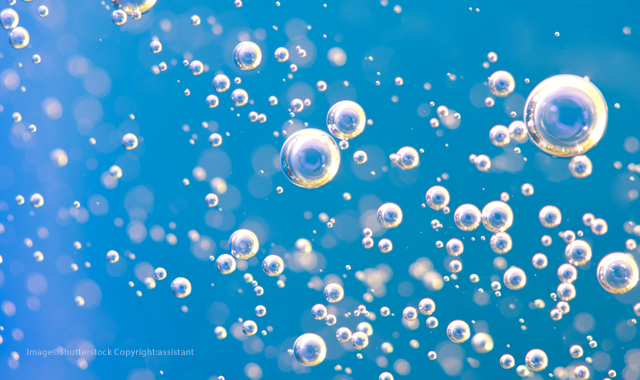Bubbles are a dentist's best friend
They might be small, but bubbles can make your patients' teeth cleaner.

Part of being a successful practitioner means looking at available tools and methods and thinking, how could this be better? One tool you may not think about a lot is water jets. They’ve worked well and have worked for a long time, but researchers have found that a simple ingredient - bubbles - could take this technology from good to great.
Researchers from Tohoku University and Showa University in Japan wanted to look at how traditional water jets could be improved. They were especially interested in patients with dental implants. Those patients have more areas with microgrooves, such as exposed screws, that make cleaning difficult.
The team gathered four volunteers and grew a biofilm in their mouths over a period of three days. They then cleaned that biofilm using two methods: a traditional water jet and a cavitating jet.
Cavitating jets work by introducing bubbles to a stream of water. These bubbles, though small, can greatly impact the force of the water hitting the tooth - the bubbles pop and create a high-pressure area, which greatly increases the impact force of the water stream. Traditional water jets exert a shear stress on the tooth, which can remove biofilm, but the force of the bubbles popping produces even more sheer stress.
While the researchers saw little difference between the two methods when measured after 30 and 60 seconds of use, between 60 seconds and 180 seconds there was a significant difference After three minutes, the cavitating jet removed more than a third more plaque than the water jet - which left little plaque remaining at the end of the experiment. The cavitating jet was also able to remove plaque from the root section of the screws, and also - to a lesser extent - the harder-to-reach crest section.
Because of this, the team concluded that the cavitating jet is superior to traditional water jets when cleaning irregular implants.
Researcher Hitoshi Soyama from Tohoku University says that “Conventional methods cannot clean plaques on the surface of dental implants very well, so this new method could give dentists a new tool to better manage these fixtures which are becoming more common.”
The study, “Removal of Oral Biofilm on an Implant Fixture by a Cavitating Jet” was published in the journal Implant Dentistry, DOI: 10.1097/ID.0000000000000681.